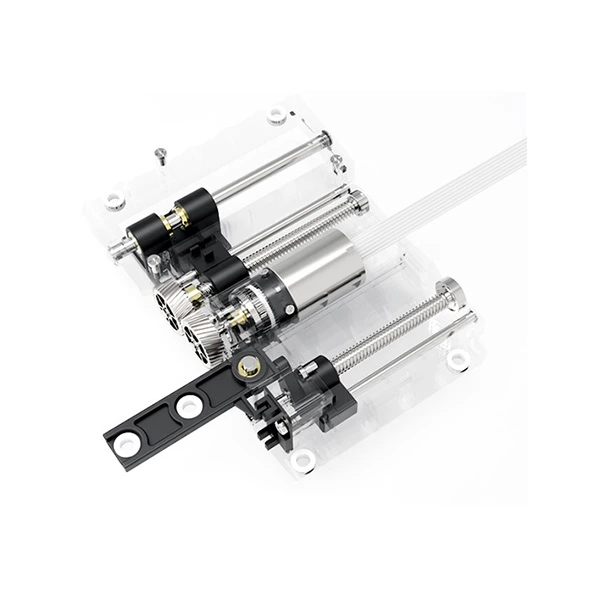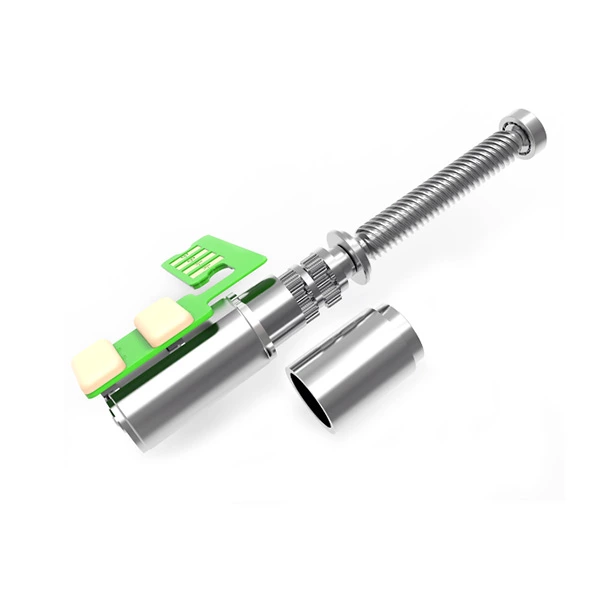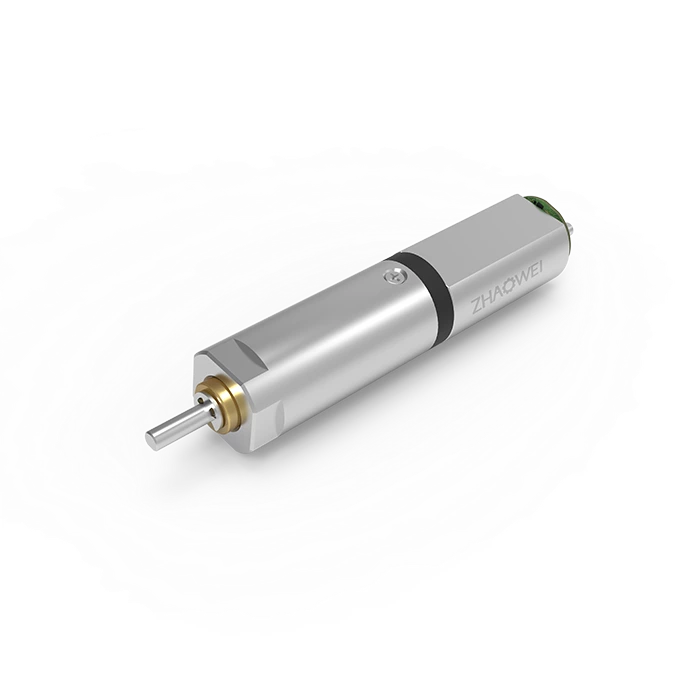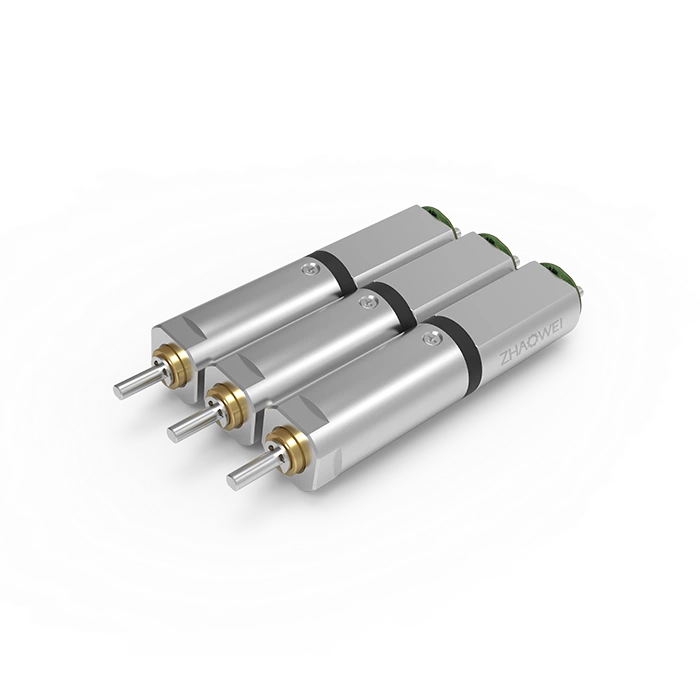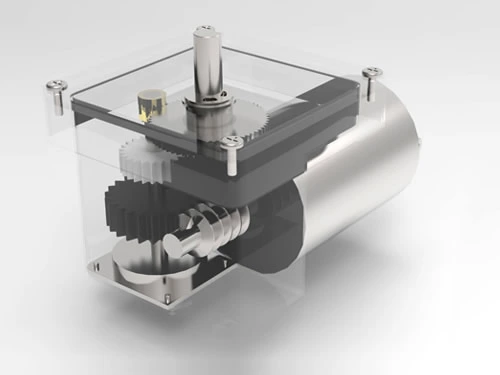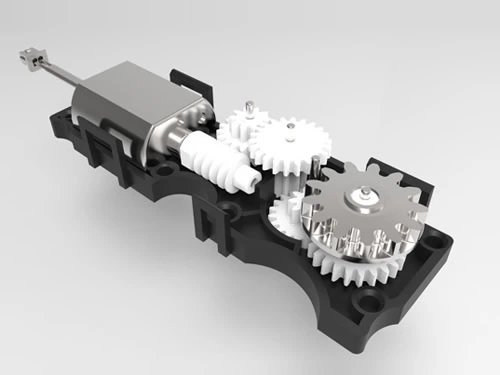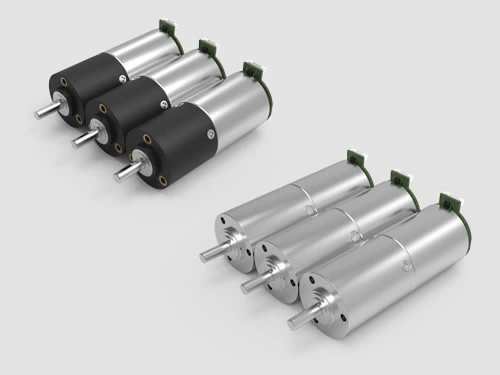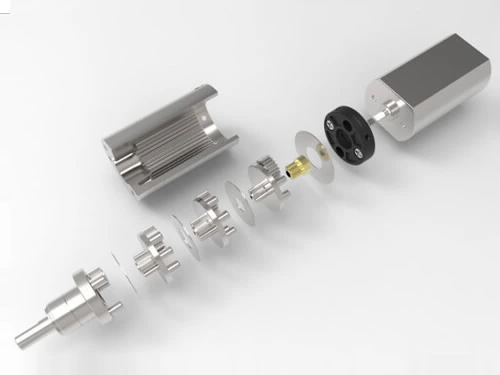How Does Radial Force Function?
One of the reasons for the generation and increase of axial force is that the couplings between the primary and secondary gear motors are the barrel-shaped gear couplings. This allows a certain amount of movement in the axial direction to weaken the small axial force produced through small horizontal and axial deviations. Therefore, when the gear motor is running, the shaft sleeve will move in the axial direction under the action of centrifugal force and small axial force on the connecting shaft. The use coefficient of radial force and axial force, fBF =1, constitutes the basic radial force and axial force provided in the selection table. For radial and axial forces with impact loads and long operating periods (more than 8 hours per day), the corresponding service coefficient fBF >1 should be considered. The permissible radial force FR and axial force FA. will be reduced accordingly.
How is Radial Force Calculated?
Gear Motor Radial Force Calculation Formula:
FR1=2000*T1/d1 (N)
FR2=2000*T2/d2 (N)
In the formula, FR1 — radial force (N) of the input shaft extension; FR2 — radial force (N) of the output shaft extension; T1 — input torque N.m; T2 — output torque N.m; d1, d2 — pitch diameter (mm) of belt wheel or sprocket wheel.
- 1.The output shaft of the gear motor bears radial and axial force, and adopts inner support bearing, large-size bearing, and a larger span. This enables it to withstand greater radial and axial loads.
- When the radial force F2r is applied to the shaft center, that is, X=1/2 XL, and when the service life of gear motor with different specifications under different output speeds is 20,000hr*, the permissible radial force F2rB and the permissible axial force F2aB can be calculated by formula F2a1B=0.2xF2rB/F2a2B=0.1xF2rB.
- When the radial force F2r isn’t applied to the shaft center, if it is closer to the gear motor, i.e., X<1/2xL, the permissible radial force will increase. If it is farther from the gear motor, i.e., X>1/2xL, the permissible radial force will decrease. Calculated the load factor Kb according to gear motor rules and the position of applied force, then substitute it into the formula F’2rB=KbxF2rB/axial force: F’2a1B=0.2xF’2rB/F’2a2B=0.1xF’2rB to calculate the radial force.
- The listed radial force refers to the value acting on the center of the shaft end. When calculating permissible radial force, the radial force from the unfavorable direction and the direction of rotation is usually taken into consideration.
- When calculating permissible axial forces, it is generally assumed to be the axial force generated from the adverse direction and its direction of rotation. Higher radial and axial forces are also possible. To enable the accurate calculation, please provide us with detailed information about the actual force and direction of rotation and the required service life.







